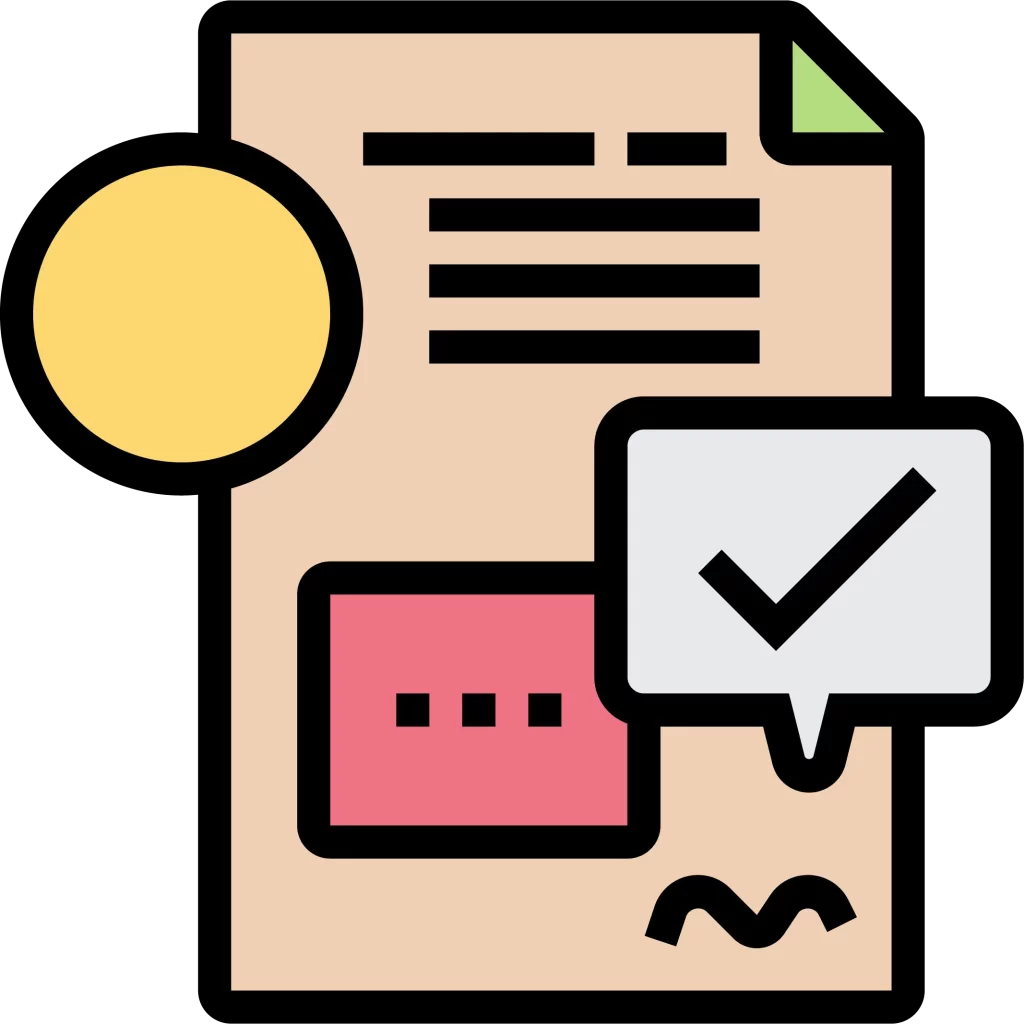
Data Analysis Using Python
- Gain A Thorough Overview And Introduction To Python, Including A Deep Dive Into The Python Environment And Its Various Components.
- Explore The Different Types Of Visualisations Available In Python And Their Applications, Enabling You To Choose The Most Effective Chart Types For Different Data Scenarios.
- Learn How To Effectively Use Python Through Practical Exercises, Allowing You To Build Confidence And Proficiency In Creating Visualisations And Dashboards.
- Dive Into Advanced Functions And Techniques In Tableau, Empowering You To Perform In-Depth Data Analysis, Identify Trends, And Extract Valuable Insights From Your Data.
- Understand The Application Of Tableau In Real-World Scenarios, Such As Analysing Attrition Rates, Visualising HR Data, Conducting Department-Wise Analysis, and Providing You With Practical Knowledge To Solve Data Challenges.
- Discover The Art Of Designing Visually Appealing And User-Friendly Dashboards, Including Formatting Tips, Storytelling Techniques, And Dashboard Design Best Practises, Ensuring Your Visualisations Effectively Communicate Data-Driven Narratives.
About the Course

20 Hours

12 Modules

2 Assessments

20 Hours

725 Subscribers

3 Handouts
About the Course

20 Hours

12 Modules

2 Assessments

20 Hours

725 Subscribers

3 Handouts
COURSE CURRICULUM
This module will guide the candidate with the knowledge of Analytics. Learn about the different roles in Analytics. Know about the tools and techniques in Analytics. Gain knowledge about Data Science, Data Mining, Statistics, machine learning, and more. Learn about the CRISP Modeling Framework.
- 1.1 What is Analytics (BI, BA, Levels, etc)
- 1.2 Why Analytics (Appl in various domains
- 1.3 Different Roles in Analytics
- 1.4 Tools and Techniques in Analytics
- 1.5 Data Science, Data Mining, Statistics, Machine Learning, Su
- 1.6 CRISP Modeling Framework
- 1.7 Scales of Measurements
- 2.1 Anaconda – Download & Setup
- 2.2 IDEs – Jupyter, Spyder, PyCharm
- 2.3 Git – Setup and Configuration with IDEs
- 2.4 Creating and Managing Analytics/ ML Projects
- 3.1 Basic Data Structures & Programming Constructs
- 3.2 Libraries
- 3.3 Numpy
- 3.4 Pandas
- 3.5 Matplotlib
- 4.1 Pre Processing Data
- 4.2 Group Summaries
- 4.3 Crosstab, Pivot and Reshape data
- 4.4 Managing Missing Values
- 4.5 Outliers Detection
- 4.6 Various types of Joins, merge
- 4.7 Managing indexes in pandas
- 4.8 Partitioning data into train and test set
- 4.9 Scaling of Data (useful for Clustering)
- 5.1 Basic Statistics (mean, median, mode)
- 5.2 Other Statistics (sd, var, quantile, skewness, kurtosis)
- 5.3 Hypothesis Tests (t-test, Chi-sq tests, etc)
- 5.4 Probability Distributions (normal, binomial, etc)
- 5.5 Sampling Techniques
This module will guide you through the techniques of Graphical Representation of Data. Learn about the selection of graphs and types of graphs. Manage plot parameters and advanced graphs such as correlations, heatmap, mosaic, and more
- 6.1 Selection of Graph
- 6.2 Basic Graphs (histogram, barplot, boxplot, pie, etc)
- 6.3 Libraries (matplotlib, seaborn, plotline)
- 6.4 Managing plot parameters(size, title, axis, legend, etc)
- 6.5 Advanced Graphs (correlation, heatmap, mosaic, etc)
- 6.6 Exporting graphs
This module will guide you through the basic understanding of modeling techniques and Linear Regression. Know about multiple linear regression and its libraries. Learn the metrics of Linear Regressions and its application & assumptions
- 7.1 Modeling Techniques
- 7.2 Simple Linear Regression
- 7.3 Multiple Linear Regression
- 7.4 Libraries – sklearn, statsmodel
- 7.5 Predict DV on IVs
- 7.6 Metrics of Linear Regression(R2, RMSE, p-values)
- 7.7 Applications of Linear Regression
- 7.8 Assumptions of Linear Regression
This module will guide the learner with knowledge of Logistic Regression. Know the metrics of logistic regression. Predict the probability of DV on IV. Know extensively about applications of Logistic regression
- 8.1 Difference between Linear and Logistic
- 8.2 Logistic Regression
- 8.3 Metrics of Logistic Regression (confusion matrix, ROC curve
- 8.4 Predict the probability of DV on IV
- 8.5 Applications of Logistic Regression
This module will guide the candidate with the knowledge of classification in Financial Analytics. Understand the tree from the plot and know about the classification tree. Learn to improve tree accuracy using random forests. Know the applications of decision tree, KNN, Neural Networks, SVM, and more
- 9.1 Difference between classification and regression decision t
- 9.2 Understanding tree from the plot
- 9.3 Classification Tree – predict class, plot, accuracy
- 9.4 Regression Tree – predict numerical value, plot, RMSE
- 9.5 Improving tree accuracy using Random Forests
- 9.6 Bagging and Boosting
- 9.7 Applications of Decision Tree
- 9.8 KNN (k-nearest neighbors)
- 9.9 Neural Networks
- 9.10 Gradient Descent
- 9.11 SVM (Support Vector Machine)
This module will guide you through the knowledge of Cluster Analysis. Know about the Clustering for grouping data and its types. Learn about extracting data in clusters and application of clustering
- 10.1 Clustering for Grouping Data
- 10.2 Types – Hierarchical & Non-Hierarchical
- 10.3 K Means – output metrics (iter, error, plot)
- 10.4 Hierarchical (Agglomerative & Divisive) – Dendrogram, Visu
- 10.5 Extracting the data in clusters, Cluster Centers
- 10.6 Applications of Clustering
This module will guide you through the knowledge of the Association Rule analysis. Learn to apply AR to the grocery store for market basket analysis. Know about the frequent Itemsets and rules and application of AR
- 11.1 Applying AR to the grocery store for Market Basket Analysi
- 11.2 Metrics- Support, Confidence, Lift
- 11.3 Frequent Itemsets and Rules; Filtering rules
- 11.4 Applications of AR
- 12.1 Managing Unstructured Data; Unstructured to Structured Dat
This module will guide the candidate through the understanding of Text Mining. Manage unstructured data and extract tweets from Twitter and words for sentiment analysis. Know the application of text mining
- 12.1 Managing Unstructured Data; Unstructured to Structured Dat
- 12.2 Extracting Tweets from Twitter
- 12.3 Extracting words for Sentiment Analysis
- 12.4 Wordcloud to visualize the frequency of occurrence of word
- 12.5 Applications of Text Mining
Earn a Certificate
After finishing the course, you will get a Certificate of Completion.
Demonstrate Your Commitment
Be a growth-driven professional and advance your career by learning new skills
Share your Accomplishment
Showcase your verified Edunetra certificate on your social media platforms and CV
Testimonials
Enrolling in Tutedude has been a game-changer for my professional development. Their comprehensive courses in data analysis, visualization, deep learning, and advanced Python tools offer flexibility, real-time doubt-solving, and lifetime access. It's the perfect solution for a busy professional like me, and I highly recommend it to anyone looking to upgrade their skills.

It's fantastic to hear that the course provided you with a solid starting point in data science, even with minimal prior experience. While it may have lacked technical depth, its descriptive approach and well-presented videos, coupled with live one-on-one doubt-solving sessions and mentorship, made it a valuable learning experience.

It's wonderful to hear that you took the initiative to learn data science at your own pace with Edunetra and that it has broadened your outlook on data and opened up new opportunities for you in the field. Switching to a high-paying job with the right skills is a great achievement. Congratulations on your career progress!

Course FAQs
No, prior experience is not required. The course caters to learners of all levels, including beginners.
You will need access to Python Desktop, which can be downloaded as a trial version from Python’s official website
By completing this course, you’ll gain enhanced data visualisation skills, making you a valuable asset in the job market. Employers increasingly rely on data-driven decision-making, and your ability to create impactful visualisations will set you apart from competitors and open doors to new career opportunities.
Absolutely! The advanced data analysis techniques and practical experience gained through the course will empower you to make informed decisions and provide valuable insights for your organisation. This can lead to career advancement opportunities within your current job.
Yes, Python proficiency is highly sought after by employers across various industries. The ability to analyse data and present compelling visual narratives is a valuable skill that organisations look for in professionals to drive data-driven growth.
Yes, the Python Mastery Course incorporates real-world use cases, including scenarios from HR. You’ll gain industry-relevant knowledge and practical skills to tackle data challenges specific to these sectors.
Upon completing the payment process, you will receive an email confirmation from our team within 5 minutes. Then, you can use your login credentials to access the course on the Dashboard, where you can learn at your own pace and convenience.
Upon completing the course, you will receive a certificate of completion, which you can download from your Dashboard.
Quick Link
Contact
- +91 8700459609
- info@abricacademy.com